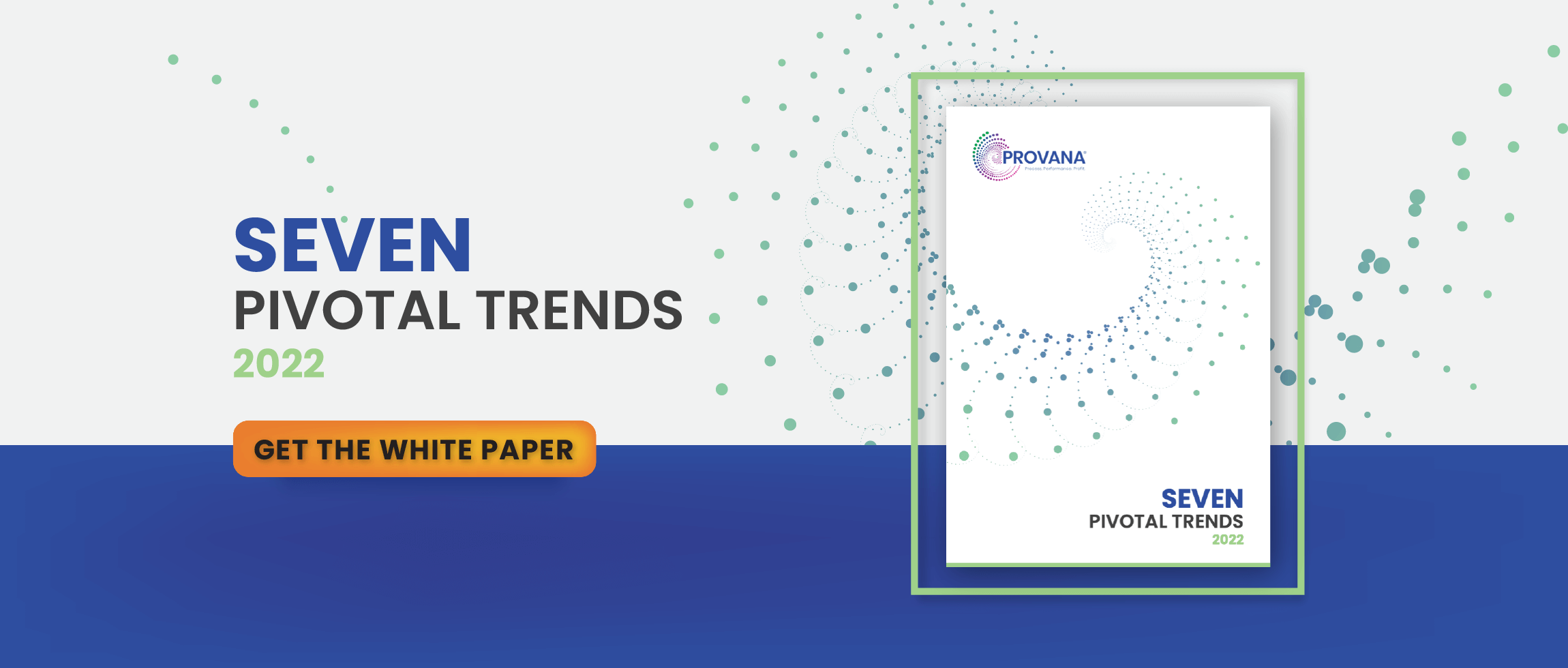3 Ways to Quickly Address and Resolve e-OSCAR Disputes
- May 17, 2022
- Category: Complaints and Dispute Management

Recommended Reading
Managing credit disputes is a manpower-intensive, redundant, and often high-volume activity that can create a time-suck for agencies and expose them to unnecessary risk. Since the introduction of the Fair Credit Reporting Act (FCRA) in 1970, the responsibility of fair credit reporting has been put on data furnishers; hence it is expected that they meet all federal requirements and state statutes. However, with dispute volumes rapidly on the rise, agencies are evaluating creative and tech-enabled solutions to help manage disputes more effectively.
To discuss how firms can navigate changes to CFPB rules, the Fair Credit Reporting Act (FCRA), and e-OSCAR dispute resolution with technology solutions, we connected with Mike Gibb from AccountsRecovery.net for an insightful webinar. Here are three key takeaways from our panel discussion:
1. Quality-check all disputes to ensure compliance with FCRA
Reporting information that is not verified (and thus is outdated or incorrect) is one of the most common reasons for consumers to dispute. Wrongly noting the total amount due, misstating the amount collected, inaccurately reporting the time of payment, not removing outdated information, misrepresenting the actual debtor, and incorrectly reporting the credit rating can expose your firm to FCRA violation. Rather than dedicating swaths of man hours to validate information, shifting your focus towards analytics-based tech can help automate quality checks without creating an operational burden.
2. Adopt a streamlined, centralized approach to dispute classification
If a consumer has reported an issue with a collection, it is the responsibility of your agency to investigate and report it correctly. You can easily violate debt dispute procedures if you fail to include reported information about the dispute and the results of an investigation up to “reasonable” standards.
However, it can be taxing to handle the volume and keep track of additional material given that CRAs can sometimes get disputes to you within 48 hours. A more streamlined, centralized approach, on the other hand, can help you establish an automated workflow once you receive additional information about a dispute. This will, in turn, help you determine if a dispute is frivolous or not more quickly and classify them for either validation or resolution in the most efficient way.
3. Automate key dispute workflows to fasten dispute resolution
Establishing the right dispute policies and procedures (and optimizing them constantly) is essential to handling disputes more swiftly. However, it’s impossible to tackle large volumes of disputes and cross-check them against internal policies and procedures without automation. A SaaS-based dispute management software can automate these workflows and help you manage your direct and indirect (e-Oscar) disputes seamlessly. A single interface showing information from the e-Oscar portal and your System of Record (SOR) can help you make your process twice more efficient. When you shop for a dispute management platform, just remember to watch out for
- Optical Character Recognition (OCR) capability to help you classify the nature of the dispute instantly without skimming through the paper
- Configurable rule-based automation suggesting responses for each attribute to achieve 100% automation of redundant disputes
Pro Tip:
Do you have a bird’s-eye view into how disputes are being resolved in your agency? With Provana’s Dispute Management Solution, you can achieve desired automation and effectively view, manage, and strategize disputes. The solution processes over 150,000 disputes per month and includes 100% managed services for those who need additional support.
We can keep you aligned with your client’s requirements as you save up to 50% of your dispute management cost. Click here to learn more.








